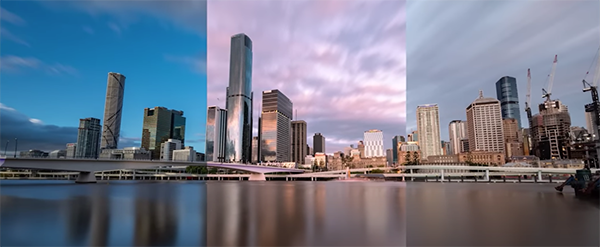When to AVOID Auto White Balance & Use Custom Settings for Photos with Better Color
Many photographers set their camera for Auto White Balance and never modify the setting regardless of the subject at hand. If that sounds like you it may explain why the colors in your photos don’t accurately convey the colors in a scene.
In the tutorial below from the Photo Genius YouTube channel you’ll learn how to easily avoid this problem by selecting a custom White Balance setting instead of always shooting in Auto. By taking this approach your images will look more natural and you’ll be able to capture photos with greater creativity.
Instructor Paul Farris is an Australian pro who has been teaching workshops and posting tutorials for over a decade. He specializes in straightforward tips on common editing tasks, and in today’s episode he demystifies the process of picking the right White Balance settings for different types of photos.

Farris says that “White Balance is a camera feature that’s often overlooked or not used to its full potential.” His emphasis is using White Balance in a creative way, but he begins with a quick primer for those who are unfamiliar with the theory behind this important feature and how it works. In basic terms, this setting enables you to capture images that look like what you see through the viewfinder.
He then delves into the meat of the lesson, which begins with making sure your camera’s Mode dial is off Auto, and that you’re shooting in Manual or one of the semi-automatic modes, like Aperture Priority, Program, or Shutter Priority. Now you’re ready for the White Balance setting that best suits the task.
Some cameras have a dedicated “WB” button while others enable you to change White Balance settings by tapping a “Q” or “i” shortcut button depending upon the brand you own. As you’ll see, the best option to choose has to do with the color temperature of prevailing light—which changes dramatically throughout the day. Another important factor is whether you’re shooting outdoors in bright sun, in the shade, under various levels of cloud cover—or indoors with either flash, window light, or another form of illumination.

Farris admits that Auto White balance may be a good place for beginners to start (despite inconsistent results), because it enables them to concentrate on other basic considerations like composition and focus. But most Shutterbug readers are beyond that point—hence the last six minutes of this 10-minute lesson.
If you’re confident in your basic knowledge feel free to jump to the 4:22 mark of the video, where you learn how custom White Balance Settings come into play. By the time you’re done watching you’ll have a firm understanding of the best setting to use for whatever conditions you confront.
Then take a look at Farris’ instructional YouTube channel where you’ll find a wide variety of straightforward tips and tricks.
We also suggest you watch the tutorial we posted earlier, in which another pro explains why the key to photographing complex landscape scenes is choosing the correct point of focus.





